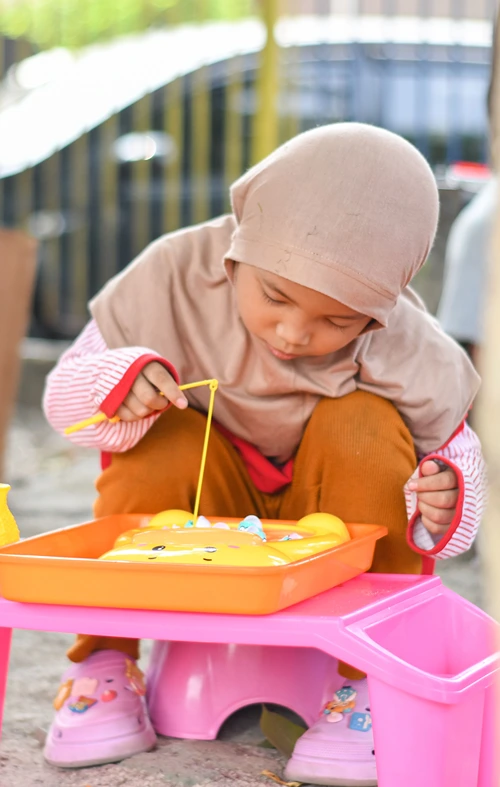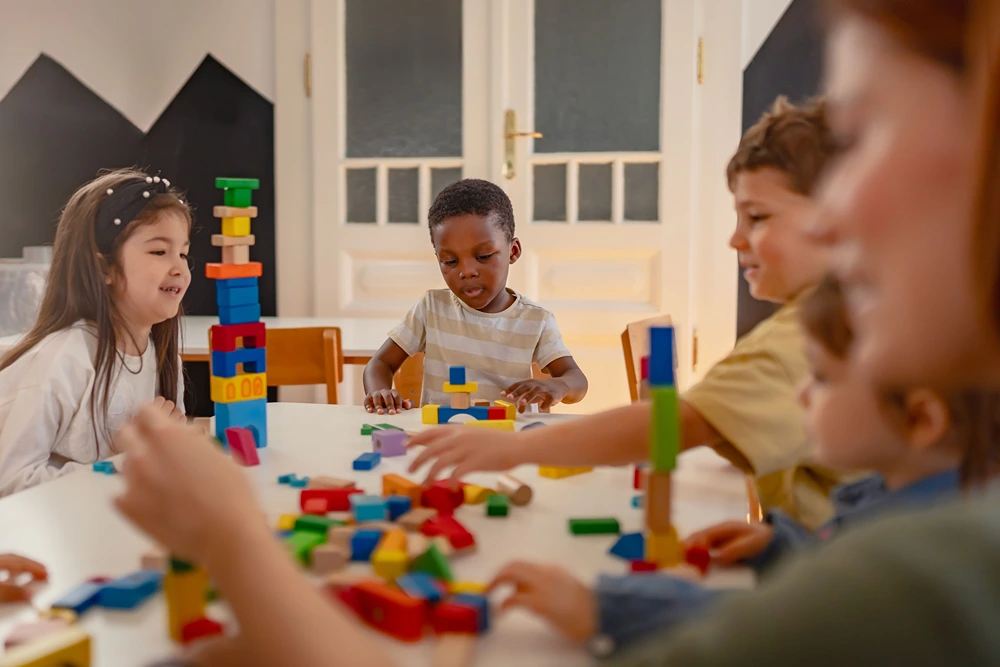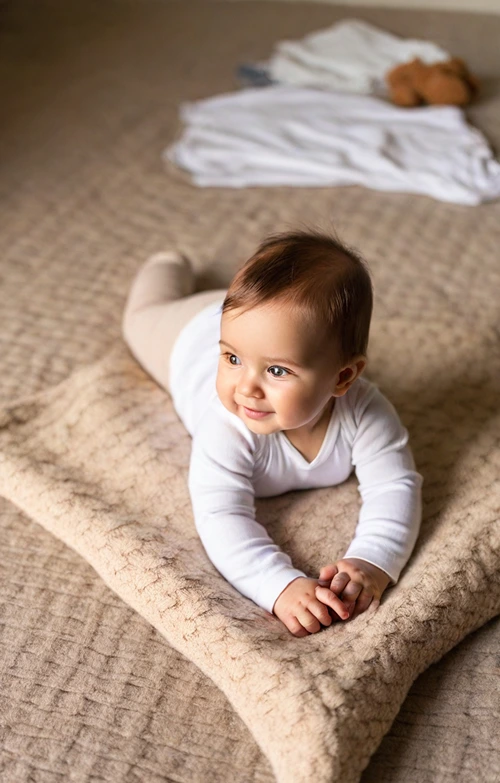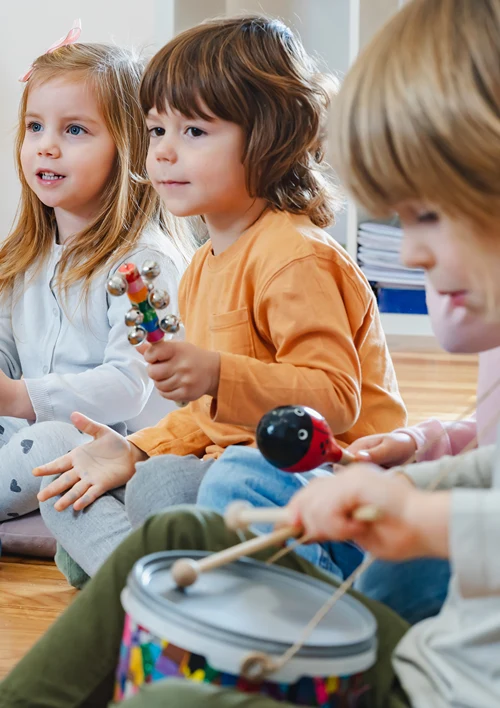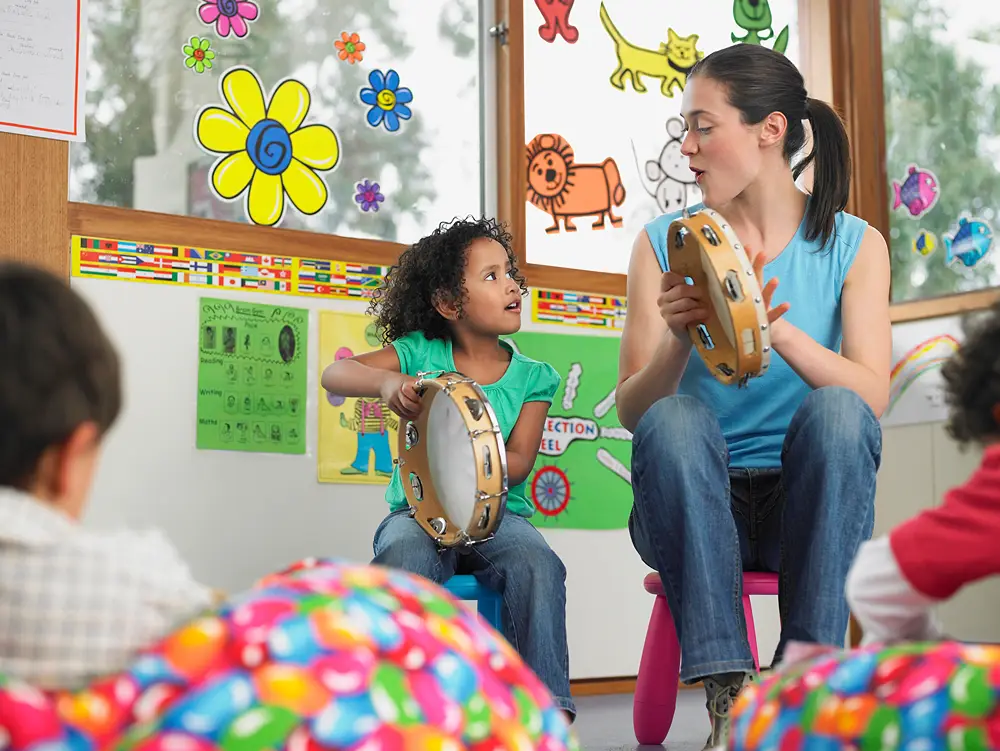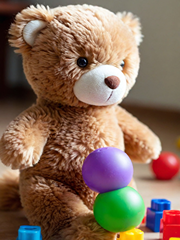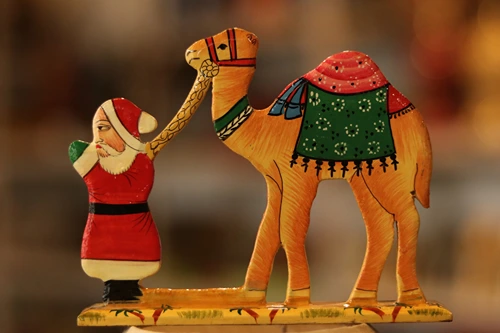The Role of Hands-On Activities in Early Education
Teaching young children is about more than just imparting knowledge; it is also about fostering their growth and development. The role of hands-on activities in early education engages children in tactile, experiential learning. With these activities, educators can create environments that nurture development in multiple areas.
Explore how these activities help your students, great examples to use in your classroom, and how to easily incorporate them!
Boosts Cognitive Growth
Hands-on activities let children actively engage with their environment. This helps develop cognitive skills such as memory, attention, and problem-solving.
Manipulating objects, such as blocks or puzzles, helps students learn through trial and error. This experiential learning fosters a deeper understanding than passive instruction. For instance, sorting objects by size or color introduces patterns and strengthens early math and reasoning skills.
Supports Social Skills and Emotional Growth
Collaboration and teamwork are key to hands-on learning. By encouraging students to use their hands, you give them the chance to develop essential social and emotional skills.
Group activities like crafting art projects or building towers encourage communication, patience, and conflict resolution as children share materials. Hands-on learning also provides safe spaces for emotional expression. For instance, sensory activities like finger painting help children process emotions non-verbally, building resilience and confidence.
Nurtures Creativity and Problem-Solving
Creativity thrives when children have the tools to explore and experiment. Hands-on activities like crafting or building small structures help them think outside the box and solve problems in innovative ways.
For example, using ribbon to teach motor skills improves coordination but also encourages imaginative interaction with materials. By tinkering, questioning, and adapting, children develop critical thinking skills that last a lifetime.
Examples of Hands-On Activities
Educational toys enhance child development by fostering all the skills above. Plus, these activities don’t have to be complicated to be fun or educational. Here are a few more examples that blend play with meaningful learning experiences:
- Conducting simple science experiments, like making a volcano with baking soda and vinegar
- Going on a nature walk to collect leaves and rocks while discussing the environment and encouraging hands-on exploration
- Creating a sensory bin that students can sift and dig through
Bonus Tips for Incorporating Hands-On Learning
To get the most out of hands-on activities, here are a few strategies you can adopt:
- Choose activities that align with your lesson goals. Focus on how they can actively reinforce the concepts you’re teaching.
- Allow children the freedom to explore and problem-solve without too much interference. Observing their thought processes can provide valuable insights.
- Adapt DIY activities to your students’ unique interests and developmental levels. If a student shows interest in a specific topic, incorporate it into future projects to maintain high engagement.
The role of hands-on activities in early education empowers young learners to explore, create, and engage with the world around them in meaningful ways. Start incorporating these approaches into your classroom today, and see the difference they can make in shaping confident, curious, and capable learners.

